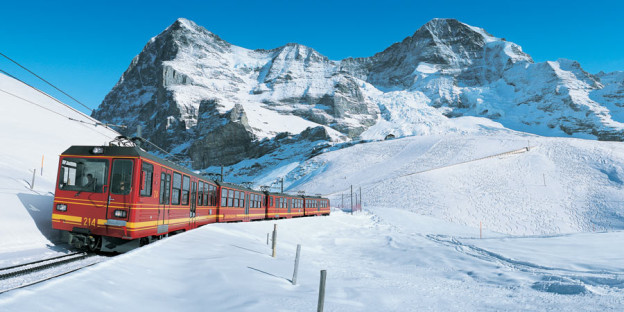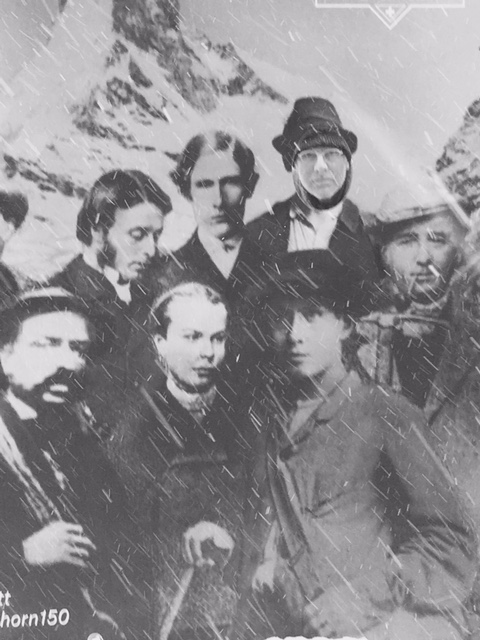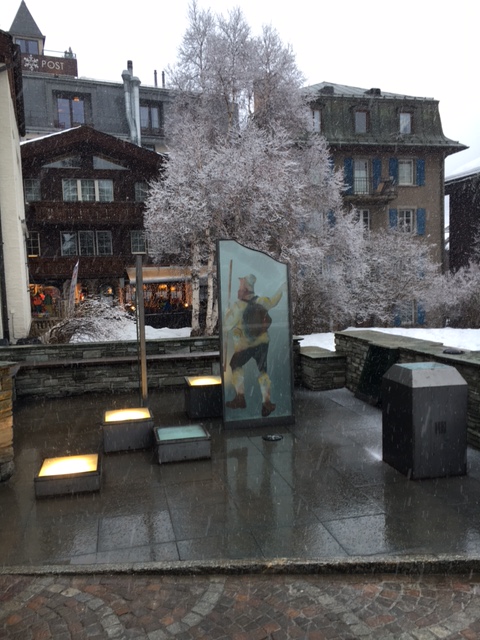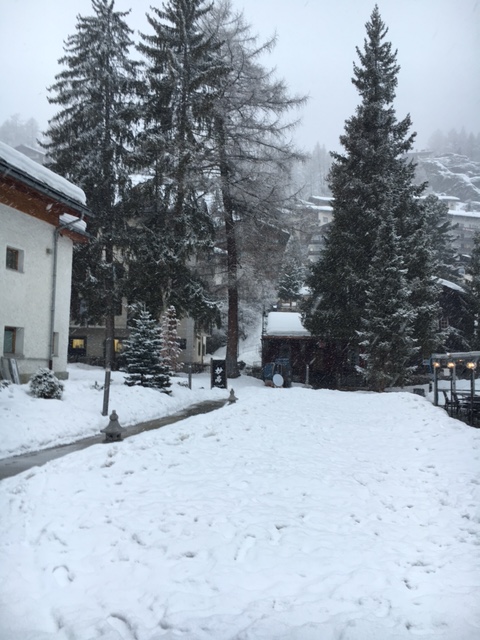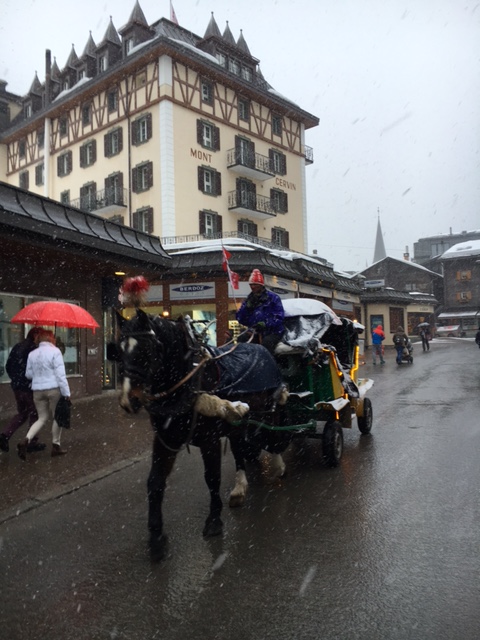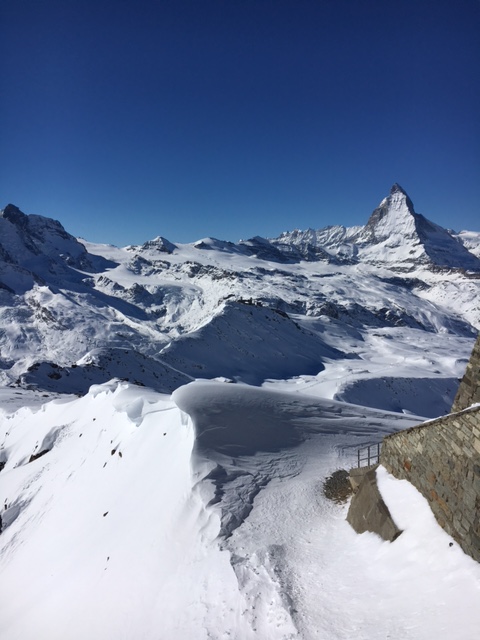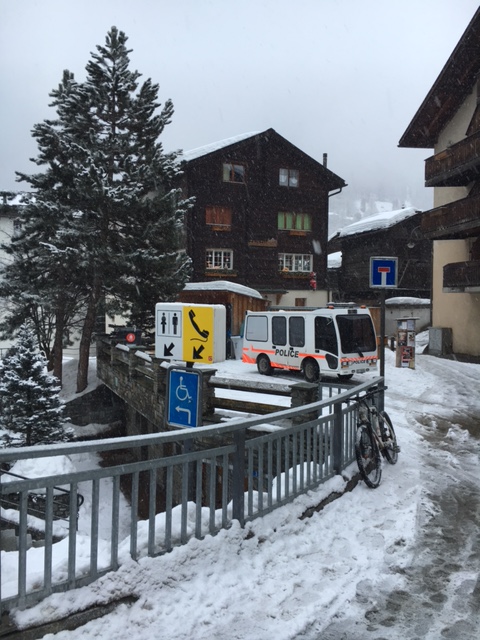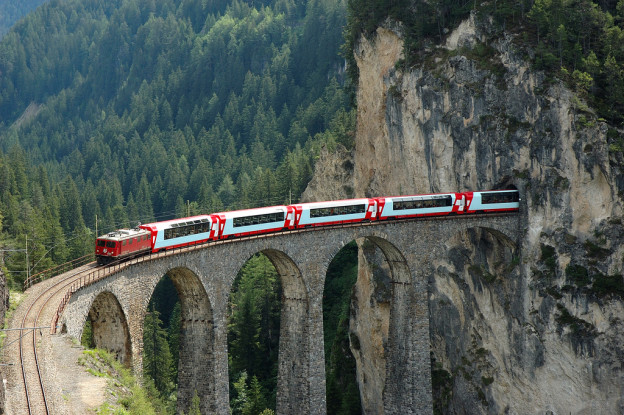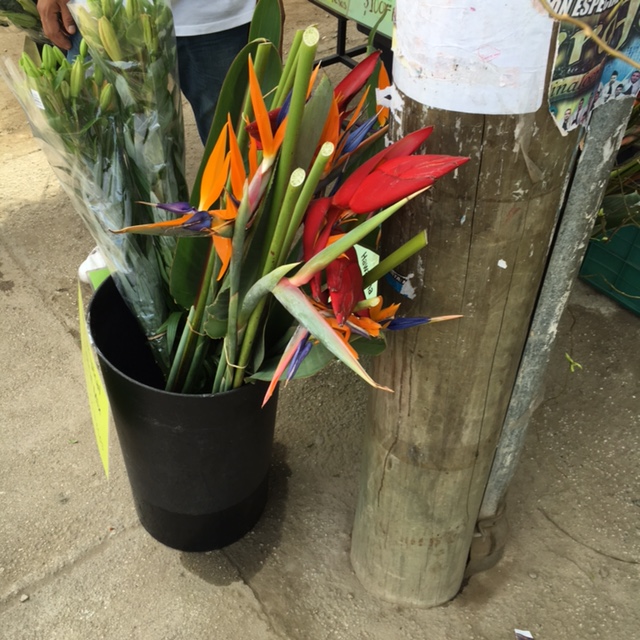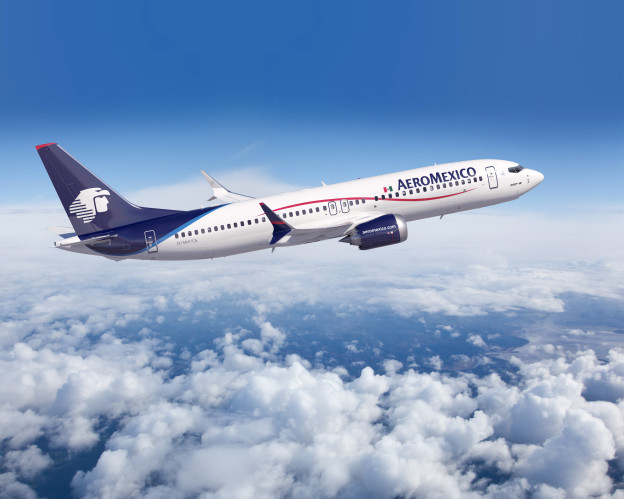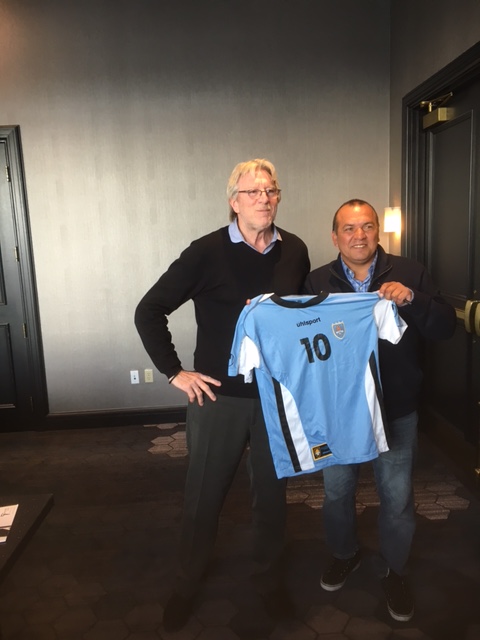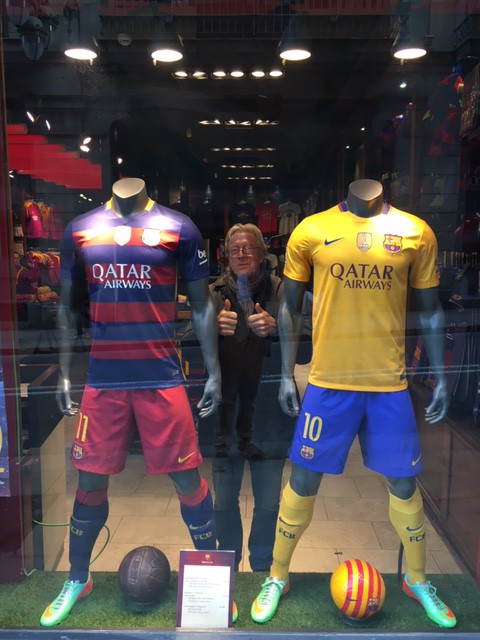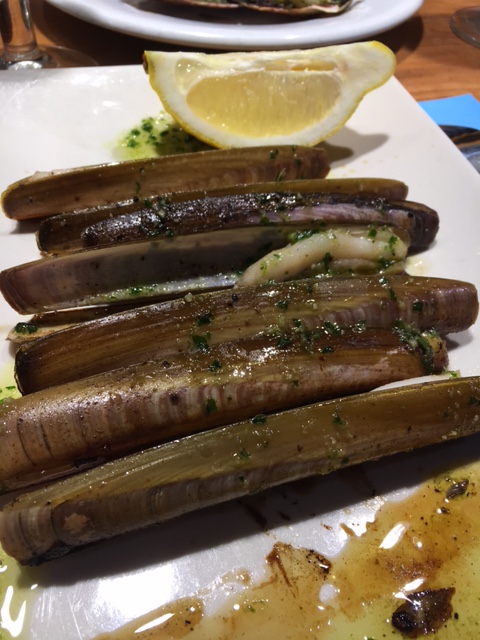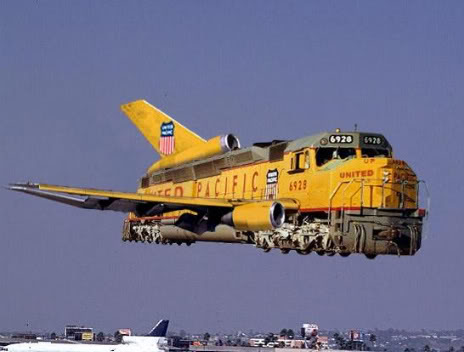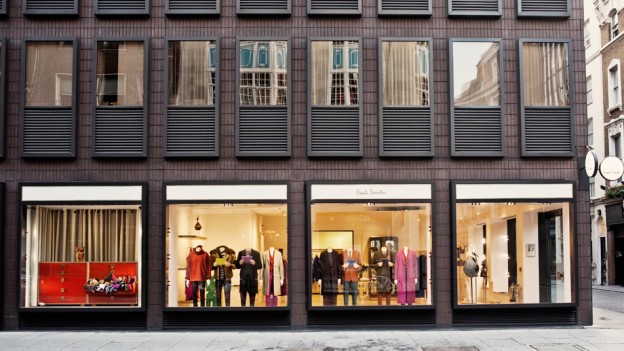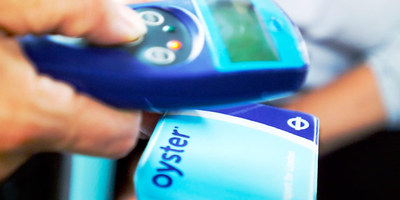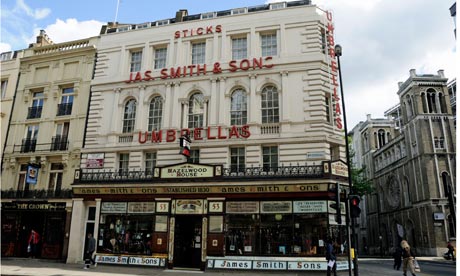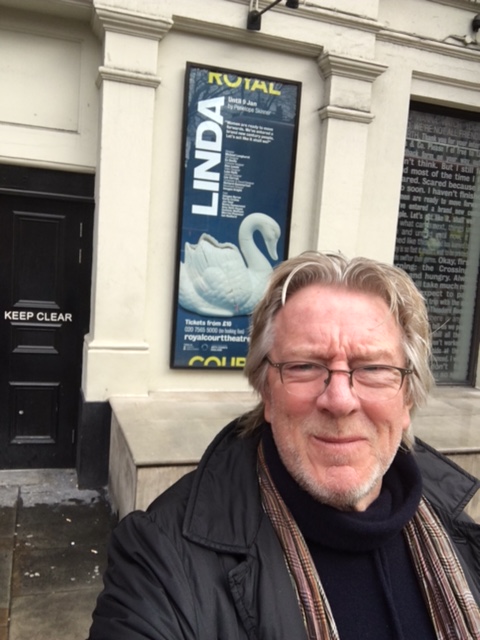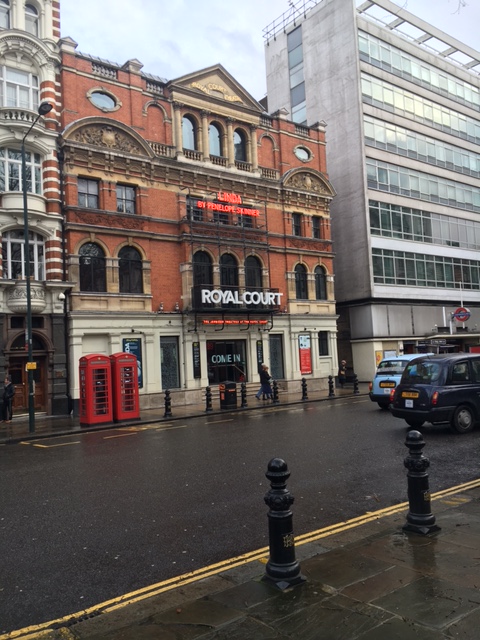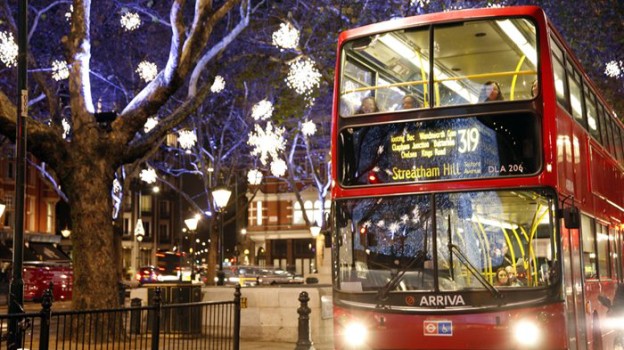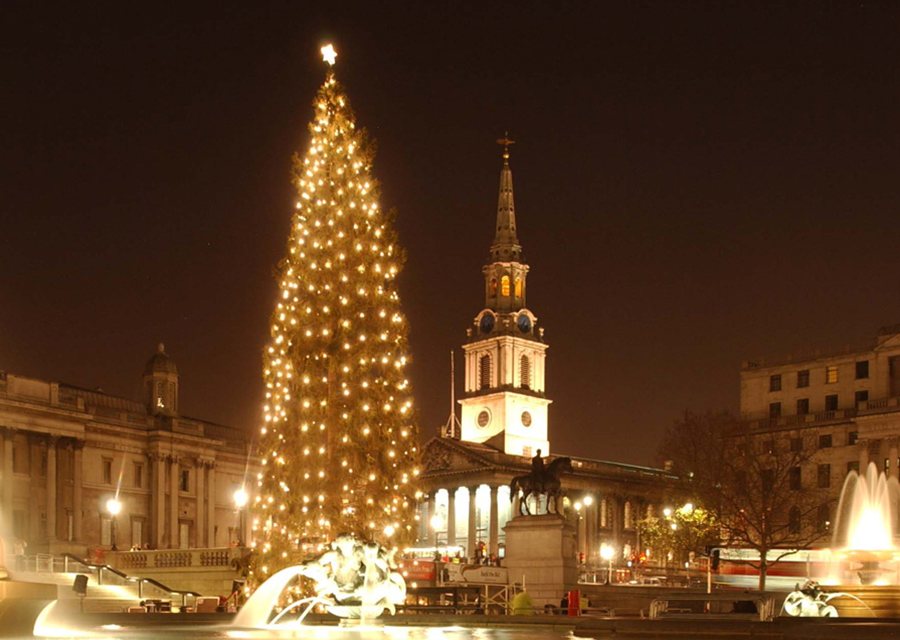The journey from Zermatt to Lauterbrunnen, up Jungfrau, was a feast of Swiss mountains, green pastures, and alpine chalets.
The descent on the cog railway from Zermatt to Täsch was on the Glacier Express. It was the first part of a journey that would take us around three and a half hours. Our final destination was Zurich and in between we would climb the Jungfrau, stop in Wengen, and pass the magical town of Lucerne. All of this within one day!
We were driving and so we had to figure out a way to successfully get from Tasch to Lauterbrunnen efficiently. The new Lötschberg Basistunnel is the answer. It is 36 km long. The train goes through the mountain with your car! It is a fairly easy process. You queue up, buy the ticket, and drive your car onto a long metal ramp of open carriages. Put the brake on, turn your engine off, sit in the car, and watch the world go by as the train takes off. Alps in the background, mountains looming, and then total darkness as you enter the tunnel! 25 minutes later you pop out the other side and you’ve just saved yourself four hours of driving. It’s that simple!
Eventually we got close to the town of Interlaken (between the lakes) and parked the car in Lauterbrunnen to catch the train that would take us up to Wengen. The train is a cog train and was full of skiers and tourists alike. In Wengen, which is the staging post and midpoint, the town bustled with activity. It was full of hotels, cafes, restaurants, and is the beginning point for all of the lifts that will take you onto the ski slopes of the Jungfrau with the Eiger mountain in the background. It looks like it has a decent nightlife and it is flanked by a number of open bowls so the light is good all day. Many of the colors of the houses are yellow ochre and as the sun drops down the colors against the cog railway and the snow is stunning. It is definitely a place you can hang out for a couple of days.
We changed trains, hopped on the Jungfrau cog railway, and before you know it we were headed up to the very top of Europe. The train stopped inside of the glacier two or three times so that we could take pictures. By that time we were already well over 10,000 feet!
At the Top of Europe, as they call it, we were at 11,782 feet.
Time for pictures and taking it easy as the altitude definitely affected your step. I had a dodgy meal in the canteen at the top, experienced the highly civilized toilets and got to walk through the glacier ice village. After we hung out for a while we caught the express train back to Lauterbrunnen. At the top of the Jungfrau you can see the possibilities of skiing over to the open, broad expanse of Grindelwald. The beauty of this area is that you can buy a pass that takes in the whole mountain….. and the skiing looked pretty good. It may not be as extensive as Zermatt, but it looked awesome to me, especially if you had grown up skiing the ice in Vermont.
A coffee at the bottom, a jump in the car, and within two hours we would be in Zurich for dinner.

